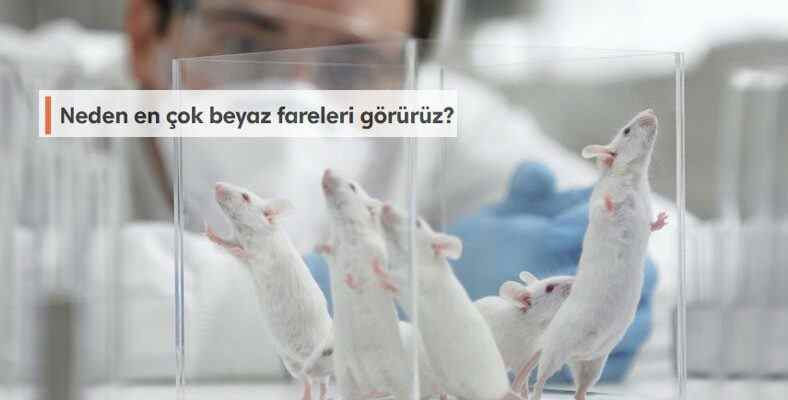When drugs that are said to be a solution to certain diseases emerge, we often see that they are tested on mice and give positive results. So why are these drugs being tested on mice during the construction phase?
The world of science, numerous studies carried out in different fields, with work continues to contribute to humanity together. These studies, which affect our daily lives positively and deeply, are mostly on mice we see it happen. There are different reasons behind this, some big and some small.
These reasons are not related to reasons such as the fact that mice are small creatures, but rather to their relationship with humans. to their similarities based on. Without further ado, let’s take a look at why these animals are so popular, using Elizabeth Bryda’s academic article.
Let’s start with the ease they offer in a lab setting:
Mice small animals Since they are very easy to keep in the laboratory. In addition, their rapid adaptation to the environment prevents the stress factor to a large extent. If they are to be purchased cheap Since they are sold out, the researchers are not in a difficult situation.
But 2-3 years Although they do have a lifespan, they don’t always have to be purchased. Because they are fast-breeding animals. So much so that mice have a gestation period of 19 to 21 days. Puppies born after this period will be born within 5 or 6 weeks. able to reproduce they can become.
When they give birth, between 5 and 13 cubs are born:
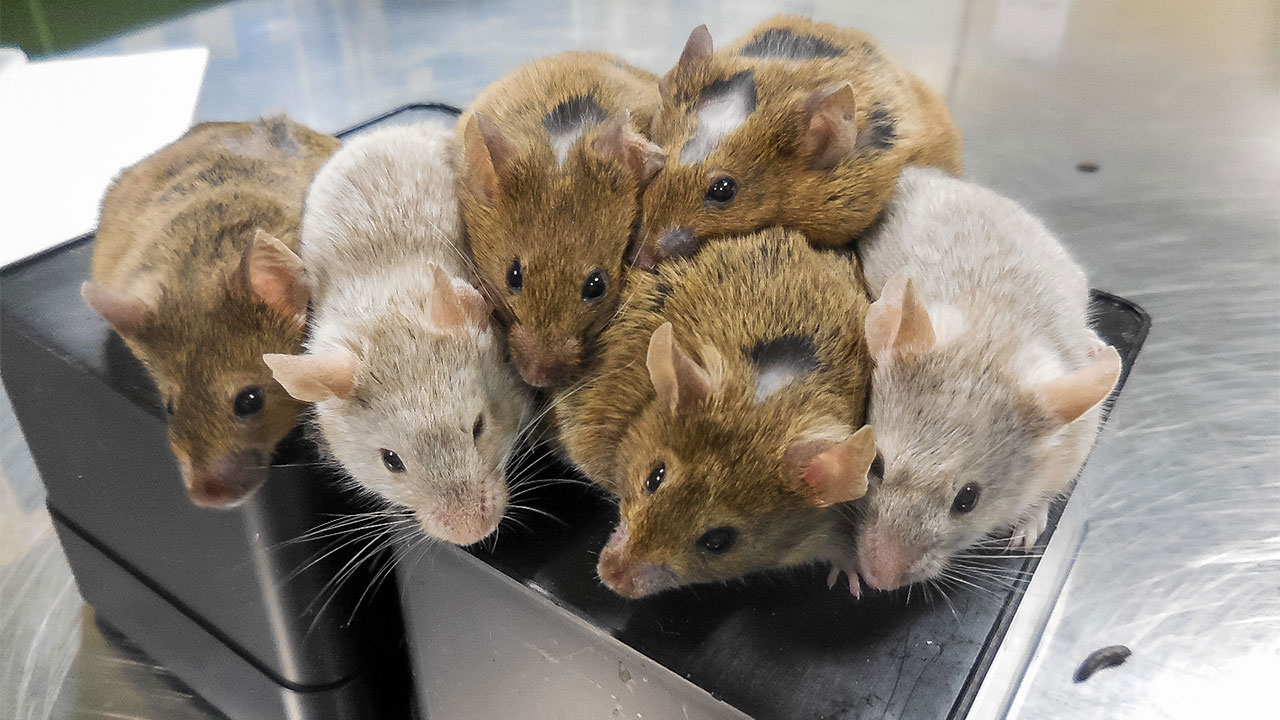
Mouse care too not difficult an advantage in terms of caring for both the mice in hand and the offspring.
These mice, which are specially produced for the laboratory, have much more important features than we have mentioned:
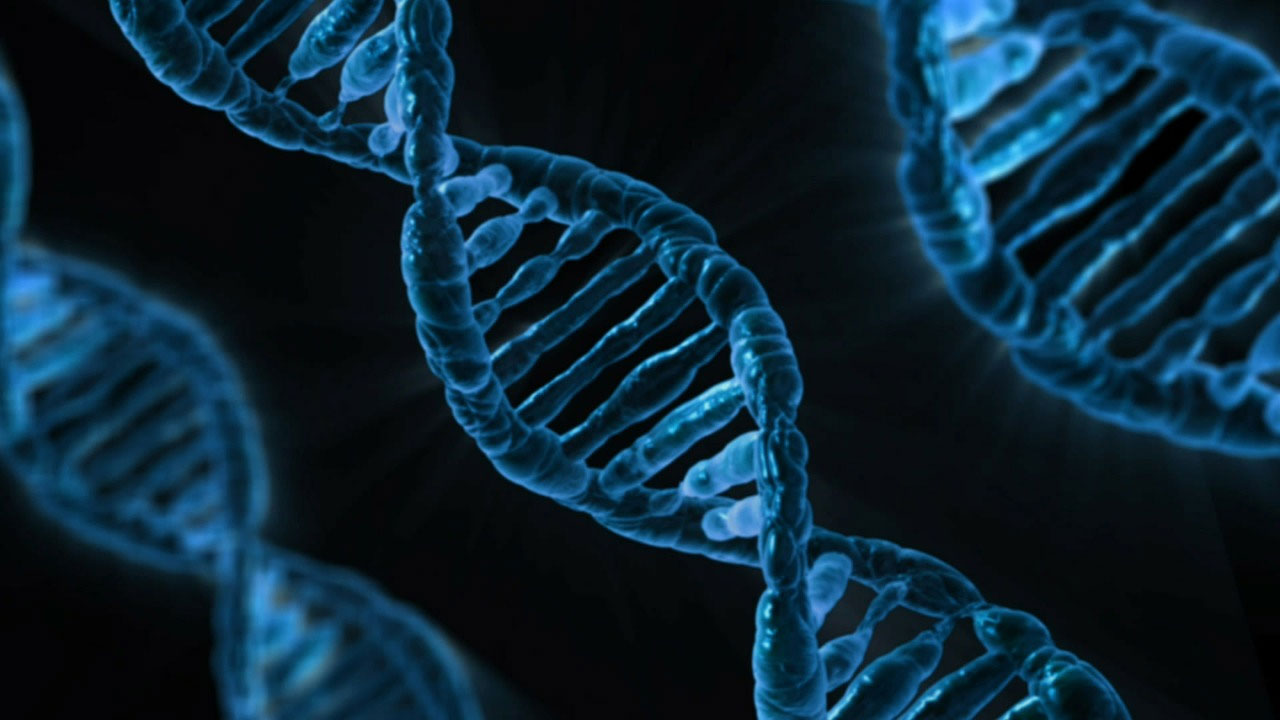
The genes of us humans and mice are largely similar. For this reason, mice are highly preferred for experiments for human ailments. Especially for mixed discomforts compared to normal. solution They play a critical role in finding Let’s take an example to make this clearer.
In case of hearing loss according to Bryda’s article more than 100 genes in question. But figuring out whether this is due to an inherited gene or an environmental cause such as loud noise becomes very troublesome when experimenting with humans. Because for such an experiment, it will be necessary to examine other people with hearing loss in the family tree. This is where mice come into play:
Mice played a huge role in studying these genes:
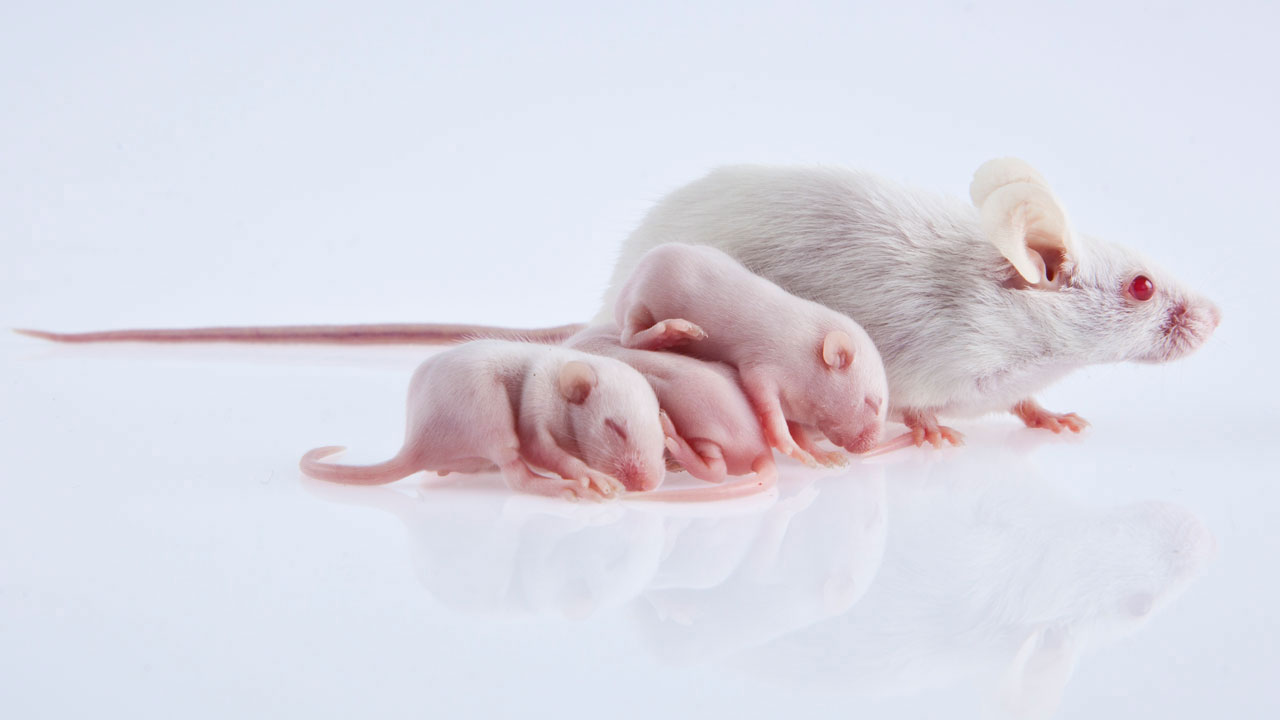
of different mice by mating In these experiments, in which the combination of different genes can be examined, both the effect of the gene on the situation and the effect it shows in different stages of life (youth, old age, etc.) can be examined in a short time. Since the environment can be controlled in the laboratory environment, it is highly certain that the result will be related to the genes. Besides Which gene is in which disorder? also appears to play a role.
It is an undeniable fact that rats play a major role in major diseases that have a cure today.
Why do we see white rats the most?
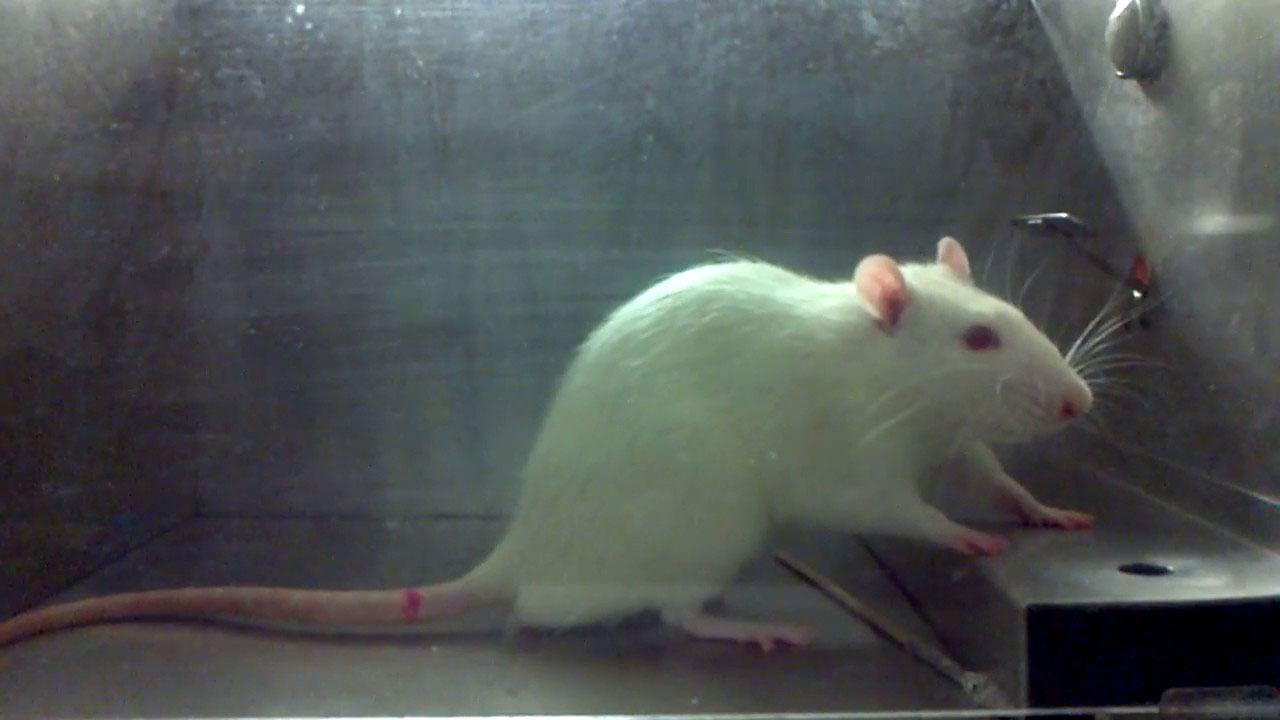
Researchers do not select mice by color. More characteristics is in the foreground. The white-colored and red-eyed mice that we are familiar with seeing on television are albinos. For this reason, their unique genetic characteristics are followed in such mice. Of course a white mouse is always albino There’s no such rule.
Hamsters and guinea pigs, which are quite similar to mice and are occasionally confused, are also used in the experiments:
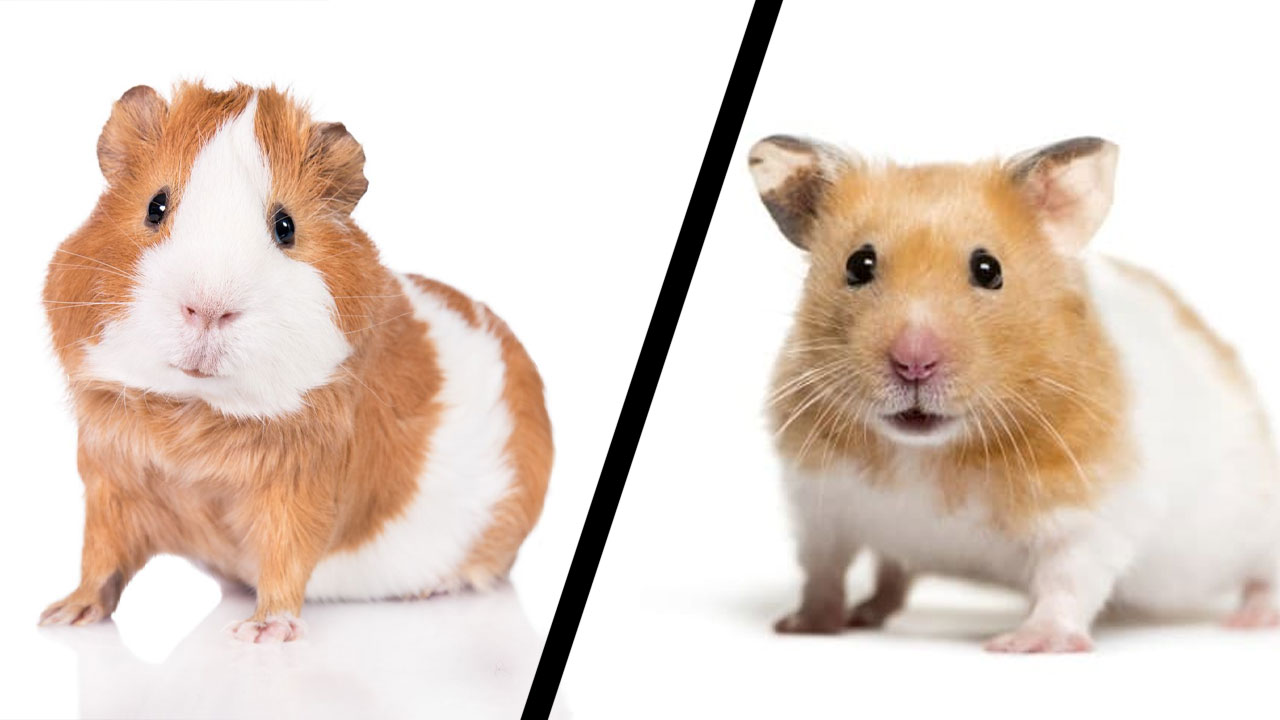
Guinea pig These animals, known as rats, are similar to us humans, just like rats. The solutions we find to many general health problems, from cancer to metabolic diseases, from infectious diseases to many general health problems that we are used to seeing around, are largely thanks to these animals exists today.
In other words, mice are very rich in genetic diversity, it is very easy to manage their genes according to needs, they are very similar to humans in terms of body functions, and their care is not difficult:
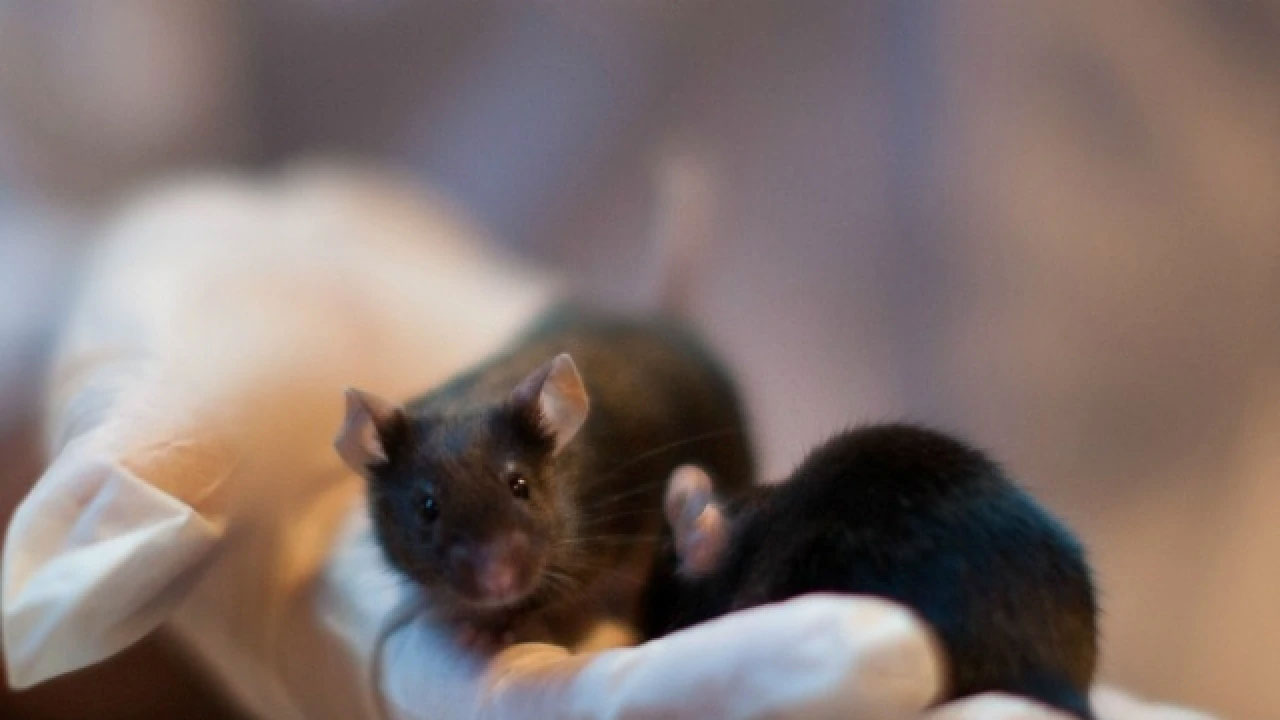
Yes, we can summarize it this way. When were the mice for these experiments? will be deemed unnecessary unknown, but for now, it is clear that they play a very critical role in human ailments.
The mouse monument in Akademgorodok, Russia, built for the rodents that unfortunately did not survive the experiments: They helped save millions of human lives
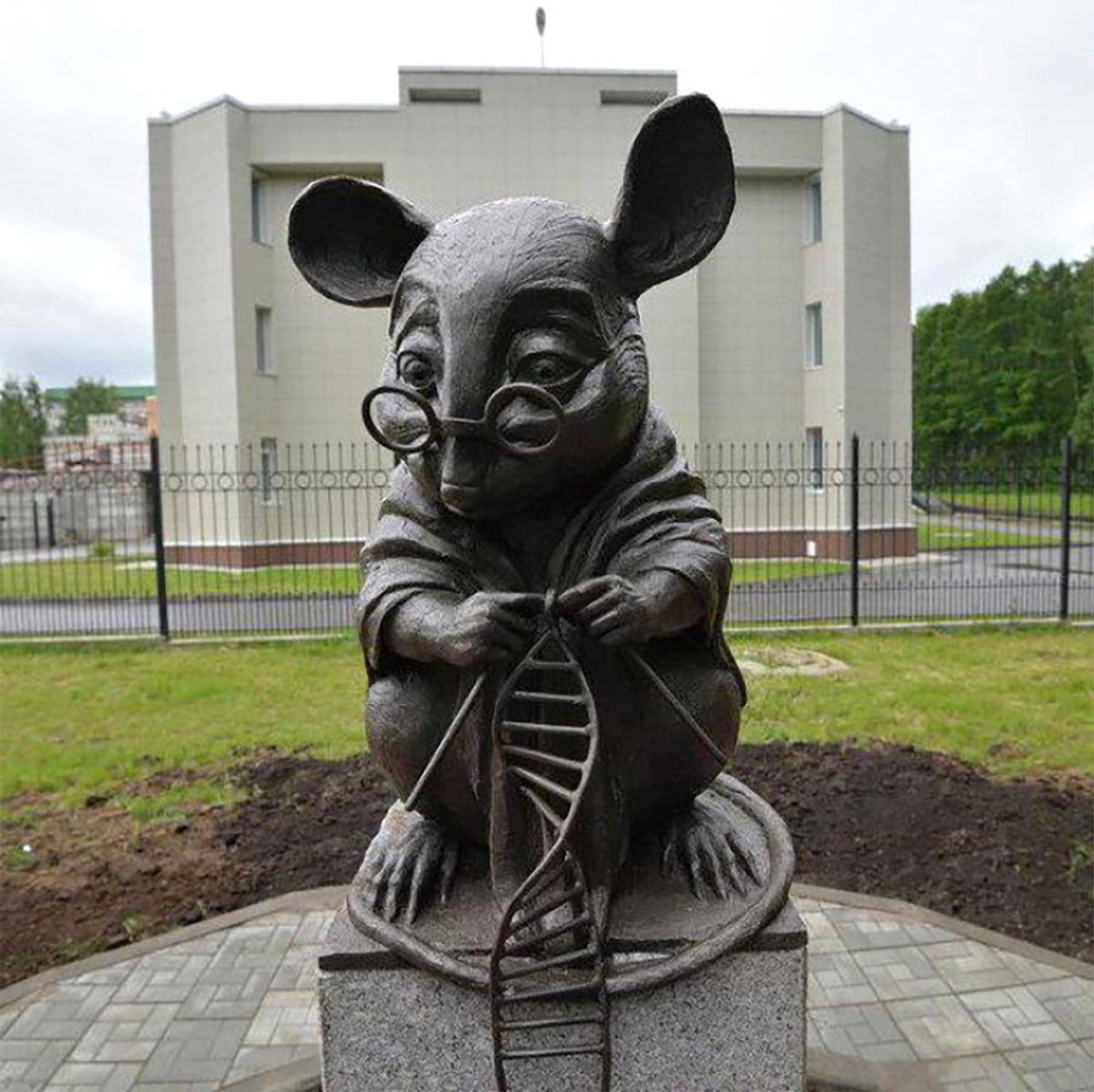
RELATED NEWS
IKEA’s Psychological Tactic: Why Do We Get So Attached To The Items We Assemble With Our Own Hands?
It should be noted that while presenting this content, we exclude ethical discussions regarding the use of animals in experiments. What we’re talking about here are just the reasons why the scientific world loves rats so much.
resources: Live Science, Your Genome, Canadian Blood Services, Science Elephant, NCBI
